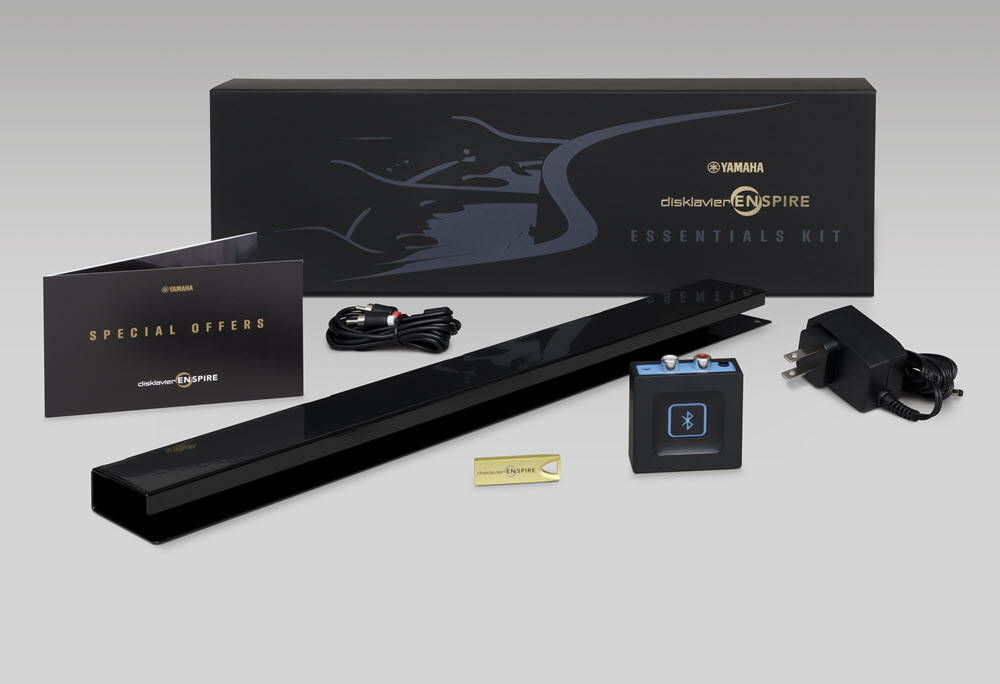How to Master Difficult Keyboard Percussion Passages
Four steps for learning how to play challenging music.
“I should have a spent a couple more minutes on that measure.”
“I could play it in the practice room. Why can’t I play it during my lesson?”
These are common statements that I hear from students of keyboard percussion instruments (such as marimba, vibes, xylophone, etc.) when they are learning or working on a new piece. I have found that if you take the excerpt out of context and break it down, you will find that it will be easier to learn and master any excerpt. This article will introduce you to a simple four-step approach that will work for any keyboard percussion instrument.
There are many ways to dissect a difficult passage. Let’s start with this example of a 16th note passage:

Step #1: Figure out the sticking:
- Take the first beat of the measure and figure out the sticking.
- For this passage, I would use alternate sticking off the left hand (L,R,L,R,L,R,L,R).
Step #2: Group the passage into small chunks:
- Assign a different note grouping to beat one. (“Take it out of context.”)
- For this example, let’s use eighth notes:

Using double stops will teach your hands how they need to move on the keyboard. It will also allow you to see the correct beating spot. I usually start with two 8th notes but you can experiment with as many as you want. As you are playing the 8th notes, visualize the motion that you are creating with your hands.
Step #3: Make the grouping smaller:
- Once you have spent some time on the longer repetitions (at a slow tempo), reduce the amount of repetitions and just do one:

- Gradually increase the tempo and continue to visualize the motion that you are creating with your hands.
Step #4: Play the original musical passage in context:
The example below is from a new piece for steel drum by Baljinder Sekhon. (Watch the video here.)

By the way, you can adapt this technique to many percussion pieces or orchestral excerpts, and to any instrument. After using this in a few practice sessions, you should be able to accurately execute pretty much any passage!















